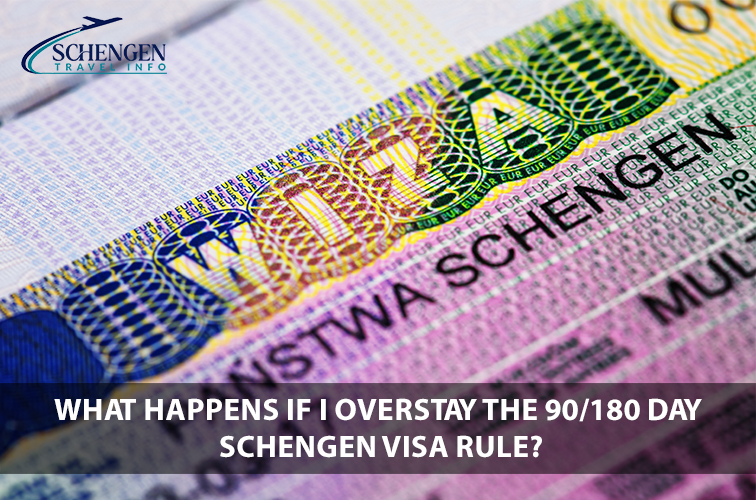Planning a European adventure with loved ones? The freedom to explore all the 27 countries across the open borders in the Schengen sounds like a dream. But, there is a catch that catches thousands of the travellers off guard every year: 90/180 Day Schengen Visa Rule. Understanding this rule separates a smooth holiday experience from the costly fines and multi-year re-entry bans.
This guide breaks down exactly how the rule works, reveals the common misconceptions and shares tips to comply with the stay duration limits within the rule. Also, make sure to apply for Schengen from UK in advance for a hassle-free trip!
Quick Summary – Europe’s Schengen zone works like one big area for visits. You may spend only 90 days in any rolling 180. The blog explains the rule, debunks myths, outlines fines and bans for overstaying, and shares tips for counting days accurately.
The 90/180 rule of Schengen visa limits how long can you stay within the Schengen Area. The Schengen area is a group of 27 European countries that allow free movement across the borders. According to the rule, a traveller can spend up to 90 days within any 180-day period across the entire Schengen Zone. This means your travel days are counted cumulatively, not just in one country. Once you reach 90 days, you must leave and wait till the 180-day window as passed before returning.
This rule is crucial for planning your holidays, the business trips or any short trips. This way, you can ensure that you do not accidently overstay and face penalties by the Schengen country authorities.
Who does this Schengen visa rule apply to?

The 180-day period for the Schengen visa rule is rolling. This means, it is not fixed, but it moves “day by day”. So, each day you stay in the Schengen area, the authorities look back over the previous 180 days to country how many days you have been present in the Schengen region.
For example:
This approach of calculating the stay duration in the Schengen region ensures fairness and prevents misuse of the 90/180 Rule of Schengen Visa.
A common misconception is thinking that the 90-day limit resets with the calendar year or the visa start date (Fixed Calendar). However, in reality, the 180-day period is rolling – it recalculates every single day you are in the Schengen area (Rolling Calendar) . This ensures that the visa rules are applied dynamically, which considers your travel history within a continuously-moving six-month window . Authorities use this method to consistently enforce the 90-day limit without any gaps or resets.
How are days Counted in 90/180 Day Schengen Visa Rule?
No, the 90 days is a cumulative total across all the Schengen countries combined . So, whether you visit 5 of the countries or just one, the days that you stay in the Schengen region add up to the same total allowance of 90 days within a 180 day period.
No, simply leaving the Schengen region briefly does not reset your 90-day count. Instead, the days that you have spent within the last 180 days are always counted. So, short trips to outside of the Schengen area will not restart your day counter for staying in the Schengen. On the other hand, it is also important to get the Schengen visa from UK in advance to ensure a smooth trip!
No, a Schengen visa permits a total of the 90 days within the entire Schengen region during a 180-day duration, not 90 days per country . So, your stay is tracked as one combined total regardless of how you move through the Schengen member countries.

The penalties for overstaying vary between the Schengen countries. However, they typically range from about €200 to a whopping €1000 as well. In fact, the longer the overstay, the higher the fines, and they can escalate quite quickly. Besides the fines, some countries may impose the additional legal actions such as the deportation or the forced exit.
If you overstay, then, you may face a re-entry ban of around 3 years for the first offence. For the repeated or more serious violations, the bans can extend up to 10 years. These bans apply across all the Schengen countries. This means, you could be barred from entering any member state during that time!
Overstays are recorded in the immigration databases of the Schengen countries. So, these can significantly impact your chances when you apply for the future Schengen visas or the other international travel permissions. Additionally, a history of overstays can lead to the visa denials along with the extra scrutiny.
Staying within the 90/180 day Schengen limit is key to enjoying your European trip without any worries. Here are some of the practical tips to help you follow the rule :
Understanding and mastering the 90/180 Day Schengen Visa Rule will help turn your European trip into a convenient and memorable visit. With the clear planning, you can maximise every moment on your European adventure and explore the new destinations with confidence.
But, are you still losing confidence because of the unavailability of Schengen Visa Appointment from UK slots ?
Then, you need a trusted partner like SCHENGEN TRAVEL INFO that offers simple online application, fast-track appointment booking by experts and round the clock support . So, stop worrying about the visa rules and appointments and start planning your European getaway today!
No, the 180-day period of the Schengen visa rule never resets on the fixed date . Instead, it operates as a rolling window that continuously moves day by day.
Upon reaching the 90 days of stay, you must leave the Schengen area immediately . You are not authorized to stay any additional days.
Yes, these are two distinct concepts. The validity period of your Schengen visa indicates when you can enter. On the other hand, the 90/180 Schengen visa rule specifies how many days you can remain in the Schengen.